Sand can be unbelievably colorful. Most of us are familiar with tan, orange, yellow and red colors but the range of colors that occur in sand is almost limitless. In this post I will show some compositionally interesting sand samples and explain briefly which constituents are responsible for these colors.

This is not the most usual stuff we used to play with in a sandbox. Most sand samples shown here are collected from beaches all over the world (Hawaii, Caribbean, Turkey, France, Sri Lanka, etc.) but some are not entirely natural. Sometimes sand contains so much interesting minerals that it is mined as a mineral resource and purified after that. Let’s take a closer look one sand sample at a time.

Green mineral is olivine. It is a common mineral in dark-colored igneous rocks like basalt. Papakolea, Hawaii. Width of view 20 mm.

It is a typical coral sand that is widespread in the Caribbean. Pink grains are forams. White is a mixture of corals, forams, mollusks, etc. San Andrés Island, Colombia. Width of view 20 mm.
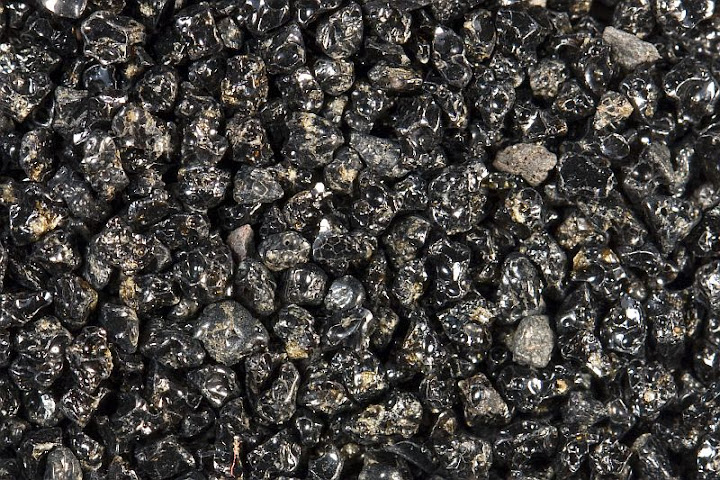
Obsidian from Hawaii. Such sand forms when lava flows into the sea, disintegrates violently and cools so rapidly that crystals have no time to form. This is natural basaltic glass. Width of view 20 mm.

Garnet is a very common component in many sands and sometimes forms beautiful reddish heavy mineral concentrates. Sand sample is from Australia. Width of view 20 mm.

Sulfur occurs as a native mineral around fumaroles in volcanically active areas. These sulfur grains come from Iceland. Width of view 20 mm.

Sodalite is a relatively rare magmatic mineral. This beautiful sand sample is a mixture of sodalite and dolomite and comes from a mine in Namibia. Width of view 20 mm.
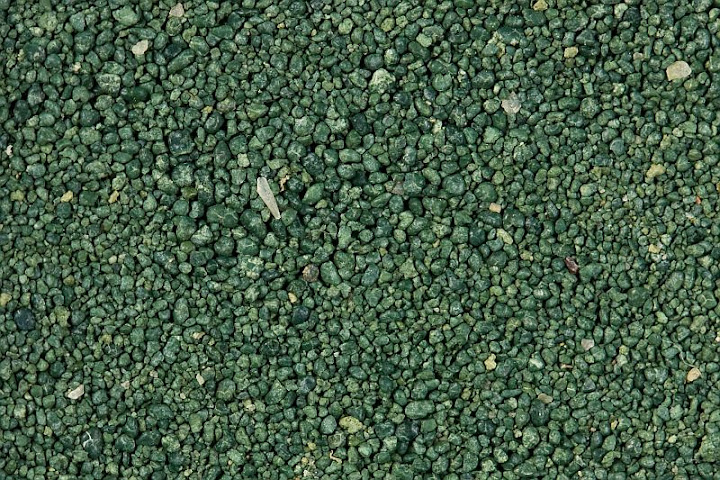
Glauconite is a clay mineral that forms distinctive pellets and frequently occurs in beach sand. This sample is unusually rich in glauconite and comes from France. Width of view 20 mm.

What makes volcanic ash gray? It is actually a mixture of differently colored grains. Pumice and felsic mineral grains (quartz, feldspar) are usually light-colored but most volcanic ash samples also contain mafic crystals (hornblende, pyroxene, etc.) that add darker hue which makes typical volcanic ash look grayish. This sample was collected just one day after the eruption of St Helens in 1980. Width of view 20 mm.
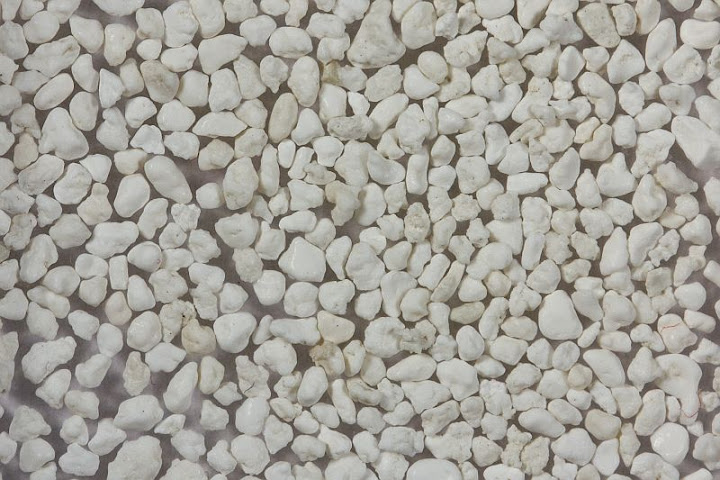
Several beaches claim to have the whitest sand in the world. I am not aware if the shore of Lake Salda in Turkey is among them but it has reason enough. Its sand is composed of snow-white mineral hydromagnesite — a product of hydrothermal reactions. To be honest, this sand also contains few fragments of greenish serpentinite but I removed these grains to make the sand look really white. Width of view 20 mm.

Volcanic black sand from Martinique. It is mostly composed of greenish elongated pyroxene and equant black magnetite crystals. Width of view 12 mm.
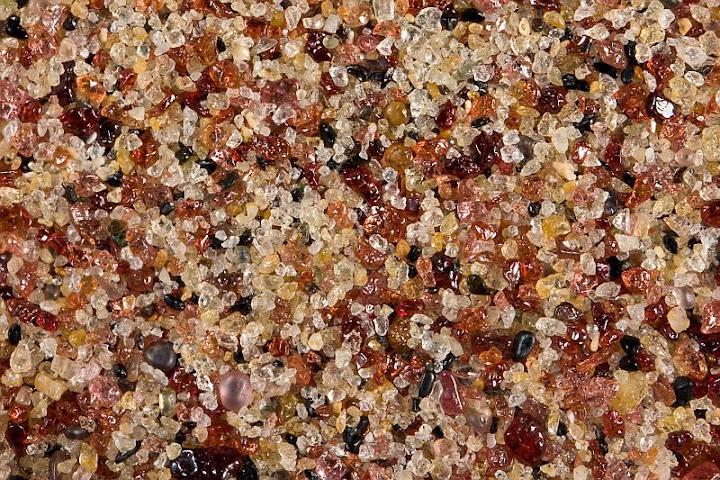
Heavy mineral sand from Sri Lanka which contains lots of intensely colored spinel grains. Width of view 20 mm.

Dirt from a copper mine dumps in Namibia. Such bluish green color is typical to weathering products of copper ore like malachite, chrysocolla and chalcophyllite. Width of view 20 mm.
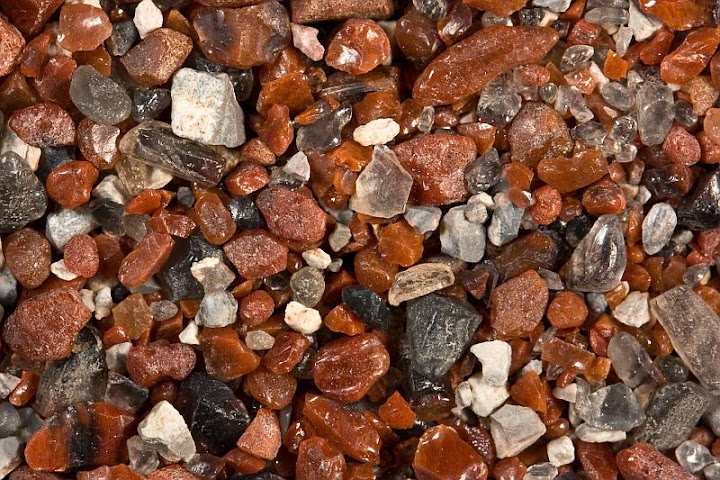
Volcanic glass from California. Reddish color is an indication of weathered iron (mineral hematite). Width of view 20 mm.

This sand sample is composed of ordinary stuff — quartz. It is hematite again that gives reddish color to quartz grains but this time hematite only covers the grains as a very fine-grained pigment. Sand sample is from Australia. Width of view 20 mm.

This time it is not so much about color. Small platelets are mica (brown biotite and gray muscovite) flakes that act as small sparkling mirrors in many sand samples. In this sand samples from France these mica flakes are unusually numerous. Width of view 20 mm.
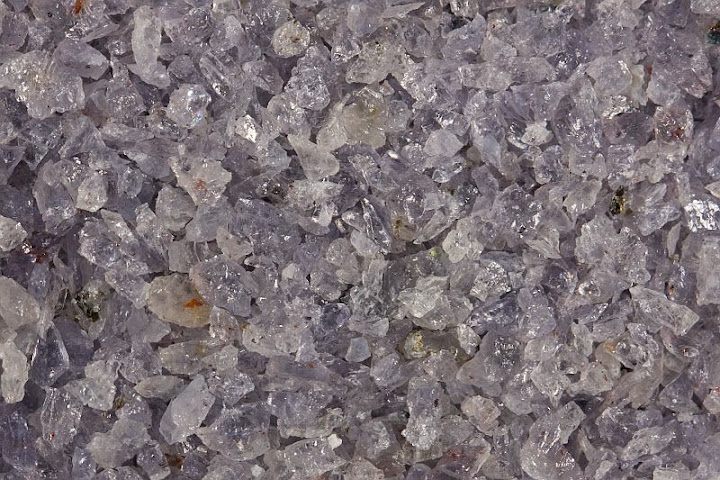
These bluish grains are small cordierite crystals. Cordierite is a mineral that occurs in metamorphic rocks. I made this sand sample by crushing rock sample that was composed of fine-grained cordierite. Width of view 20 mm.
Leave a Reply